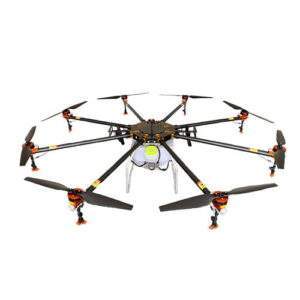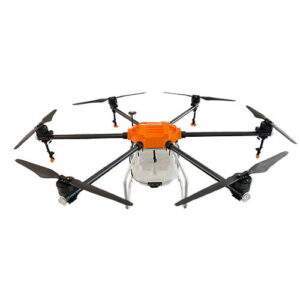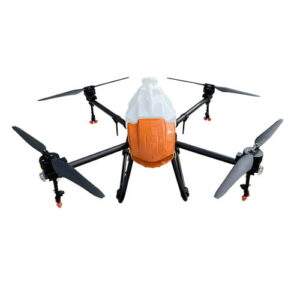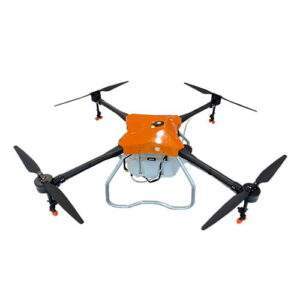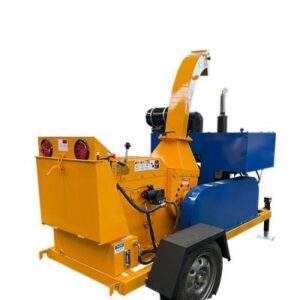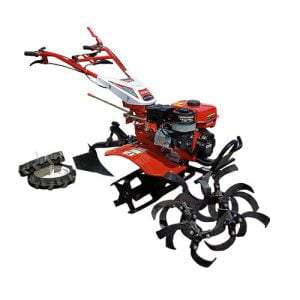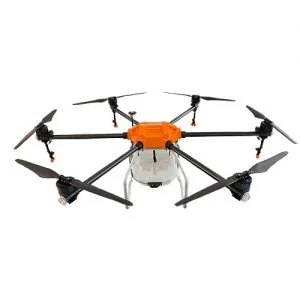Aerial Advancements: The Role of Agricultural Spray Drones in Precision Agriculture
Introduction
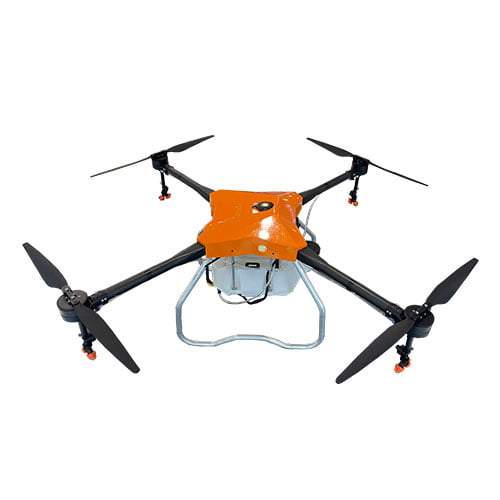
The world’s population is expected to reach 9.7 billion by 2050, putting a significant strain on global food production. To meet this demand, farmers must adopt more efficient and sustainable practices. Precision agriculture, an approach that uses technology to optimize crop management, is playing an increasingly important role in achieving these goals.
Agricultural spray drones are a key component of precision agriculture. These unmanned aerial vehicles (UAVs) can be equipped with a variety of sensors and spray systems to apply pesticides, herbicides, and fertilizers to crops with greater accuracy and efficiency than traditional ground-based methods.
Benefits of Agricultural Spray Drones
There are many benefits to using agricultural spray drones, including:
- Increased efficiency: Drones can cover large areas of land quickly and easily, even in difficult-to-reach terrain. This can save farmers time and labor costs.Drones equipped with advanced sensors can also provide valuable data to farmers, such as crop health assessments, pest infestations, and irrigation needs. This information allows for more targeted and efficient farming practices, ultimately leading to higher crop yields and better resource management.
- Improved accuracy: Drones can use GPS and other sensors to target specific areas of a field, applying pesticides and other inputs only where they are needed. This can reduce waste and improve crop yields.This precision agriculture technique also helps to minimize environmental impact by reducing the overall amount of chemicals used in farming.
- Reduced environmental impact: By targeting inputs more precisely, drones can help to reduce the amount of pesticides and fertilizers that enter the environment. This can protect water quality and wildlife.
- Improved safety: Drones can eliminate the need for workers to enter fields to apply pesticides and other chemicals, reducing their exposure to hazardous substances.This can lead to improved safety for workers and more efficient application of chemicals in agriculture.
How Agricultural Spray Drones Work
Agricultural spray drones typically consist of the following components:
- An airframe: The airframe is the physical structure of the drone that houses the other components.
- Motors and propellers: The motors and propellers provide the thrust that allows the drone to fly.
- Batteries: The batteries power the motors, propellers, and other electronic components.
- A flight controller: The flight controller is the brain of the drone and is responsible for controlling its flight.
- Sensors: Drones can be equipped with a variety of sensors, such as GPS, cameras, and radar, to help them navigate and avoid obstacles.
- A spray system: The spray system consists of a tank, pump, and nozzles that are used to apply pesticides, herbicides, or fertilizers to crops.
Applications of Agricultural Spray Drones
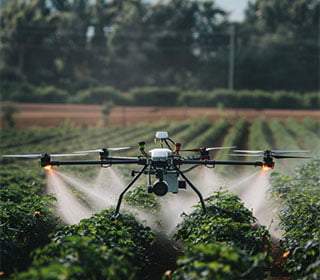
Agricultural spray drones can be used for a variety of applications, including:
- Pesticide application: Drones can be used to apply pesticides to crops to control pests and diseases.
- Herbicide application: Drones can be used to apply herbicides to control weeds.
- Fertilizer application: Drones can be used to apply fertilizers to crops to provide them with essential nutrients.
- Seeding: Drones can be used to seed crops, such as rice and wheat.
- Irrigation: Drones can be used to monitor soil moisture levels and help farmers irrigate their crops more efficiently.
Table: Comparison of Traditional vs. Drone Spraying
| Aspect | Traditional Spraying | Drone Spraying |
|---|---|---|
| Precision | Low | High |
| Speed | Slow | Fast |
| Chemical Use | High | Low |
| Labor Requirements | High | Low |
| Environmental Impact | High | Low |
| Data Collection | Limited | Extensive |
The Future of Agricultural Spray Drones
The future of agricultural spray drones is promising, with ongoing advancements in technology and increasing adoption rates among farmers worldwide. As these aerial vehicles continue to evolve, they are poised to play an even greater role in revolutionizing crop management practices, driving productivity, and promoting sustainable agriculture.
Conclusion
Agricultural spray drones have emerged as indispensable tools in precision agriculture, offering unparalleled precision, efficiency, and sustainability. As technology continues to advance and adoption rates increase, these aerial vehicles will play an increasingly vital role in modern crop management practices, driving agricultural productivity and environmental stewardship.In addition to their precision and efficiency, agricultural spray drones also minimize the need for manual labor and reduce the environmental impact of traditional farming methods. By precisely targeting areas that require treatment, these drones minimize the use of chemicals and fertilizers, leading to cost savings and a reduction in potential harm to the surrounding ecosystem.
FAQ
How much do agricultural spray drones cost?
The cost of agricultural spray drones can vary depending on the size, features, and capabilities of the drone. However, in general, you can expect to pay anywhere from a few thousand dollars to tens of thousands of dollars for a drone.
What are the regulations for using agricultural spray drones?
The regulations for using agricultural spray drones vary from country to country. In the United States, the Federal Aviation Administration (FAA) regulates the use of drones. Farmers must obtain a Part 107 license from the FAA in order to operate a drone for commercial purposes.
What are the safety concerns associated with using agricultural spray drones?
There are some safety concerns associated with using agricultural spray drones, such as the risk of collisions with people or objects. However, these risks can be mitigated by following proper safety procedures and using drones in accordance with all applicable regulations.
How do agricultural spray drones contribute to environmental sustainability?
Agricultural spray drones promote environmental sustainability by precisely targeting inputs such as fertilizers, pesticides, and herbicides, thus minimizing chemical usage and reducing environmental impact. By minimizing overspray and runoff, these drones help protect soil and water quality while conserving resources.
What are the factors to consider when choosing an agricultural spray drone?
When selecting an agricultural spray drone, factors to consider include payload capacity, flight time, spraying efficiency, GPS accuracy, compatibility with software and sensors, as well as after-sales support and maintenance services. Evaluating these factors will ensure that the chosen drone meets the specific needs and requirements of the farming operation.

